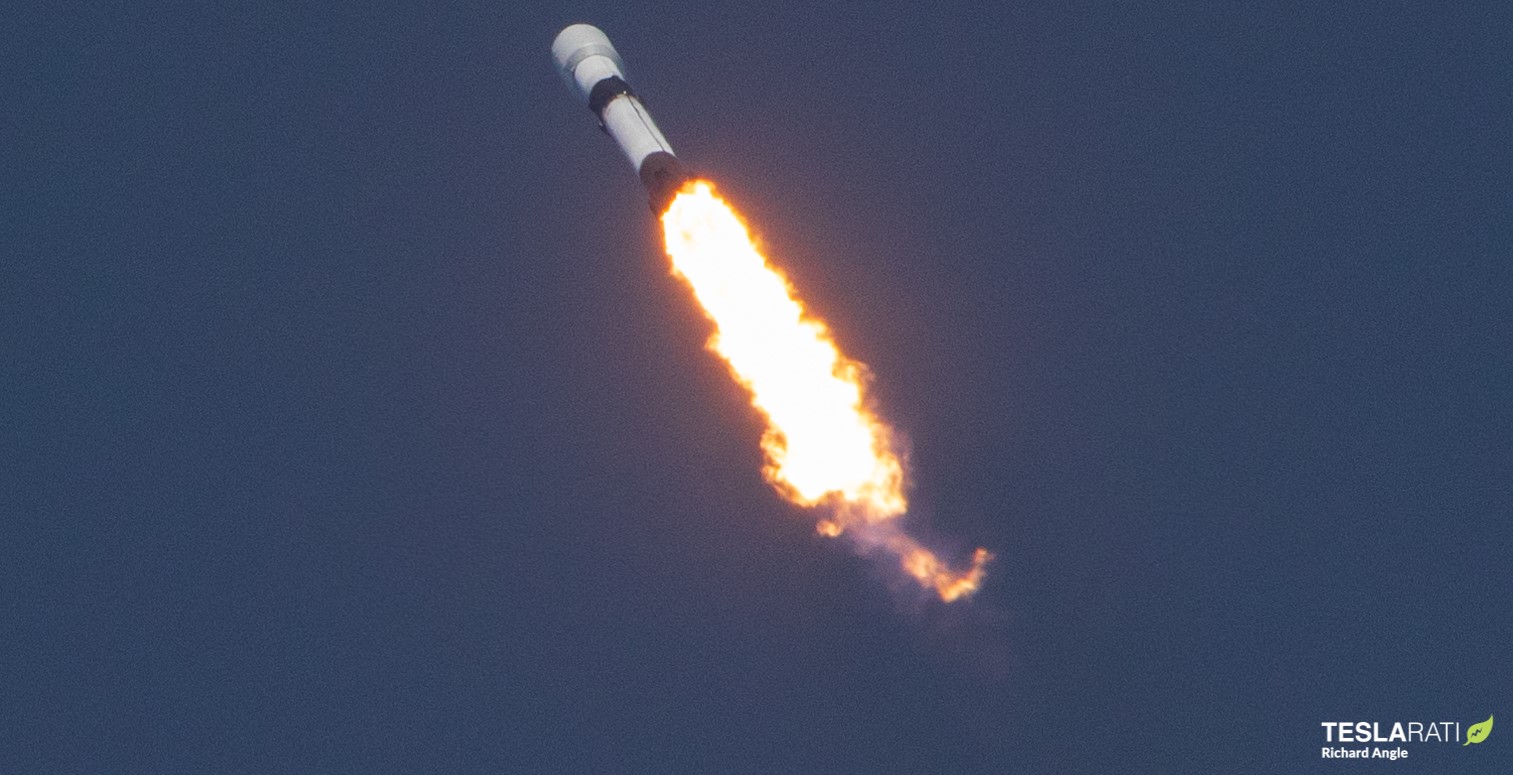
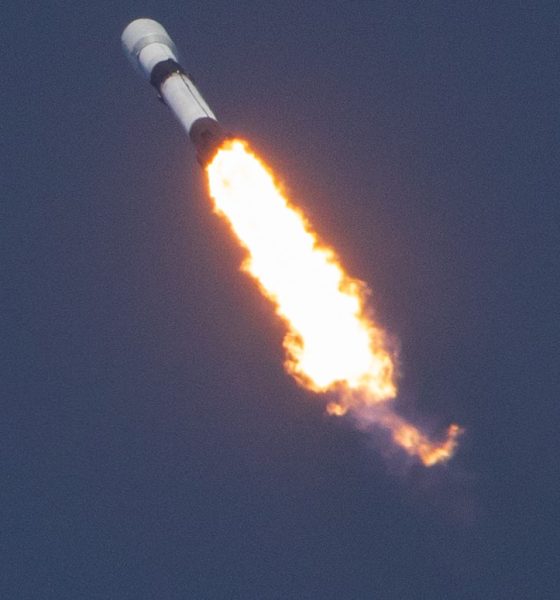
News
SpaceX just surpassed ULA to snag an American launch record (and landed a rocket)
SpaceX has successfully completed its 84th Falcon 9 rocket launch (and 52nd booster landing), surpassing the United Launch Alliance’s Atlas V to snag a long-standing American launch record.
At 3:30 pm EDT (19:30 UTC), Falcon 9 lifted off right on time after a seven-day delay and rare one-day slip forward. The 6th Starlink v1.0 mission and 7th Starlink launch overall, Falcon 9 successfully placed another batch of 60 satellites in orbit just 35 days after an almost identical booster suffered SpaceX’s first in-flight engine failure in more than eight years. Thankfully, SpaceX says that it already determined what went wrong on March 18th and the successful launch on April 22nd certainly goes a long way towards confirming its conclusions.
Like all Starlink v1.0 launches, a flight-proven Falcon 9 booster (B1051’s fourth flight) and a new upper stage worked together to send some 16 metric tons (~35,000 lb) of Starlink satellites into a very low Earth orbit (VLEO). Booster B1051 performed exactly as expected on its fourth orbital-class launch, burning for about 2.5 minutes before separating and allowing an expendable Falcon 9 upper stage to continue to orbit with its Starlink payload. About six minutes later, after a successful reentry burn and landing burn, the rocket gently touched down on drone ship Of Course I Still Love You (OCISLY). Seconds later, the upper stage shut down after safely placing 60 Starlink satellites in the correct orbit.
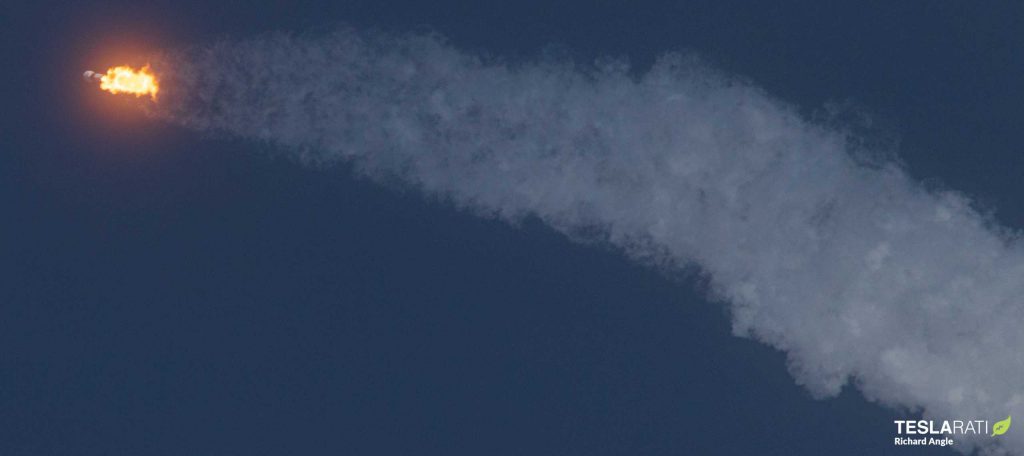

Another six minutes later, the same upper stage successfully deployed all 60 Starlink satellites, allowing them to slowly spread out on there own – a bit like a giant deck of cards with the weight of a small tank.
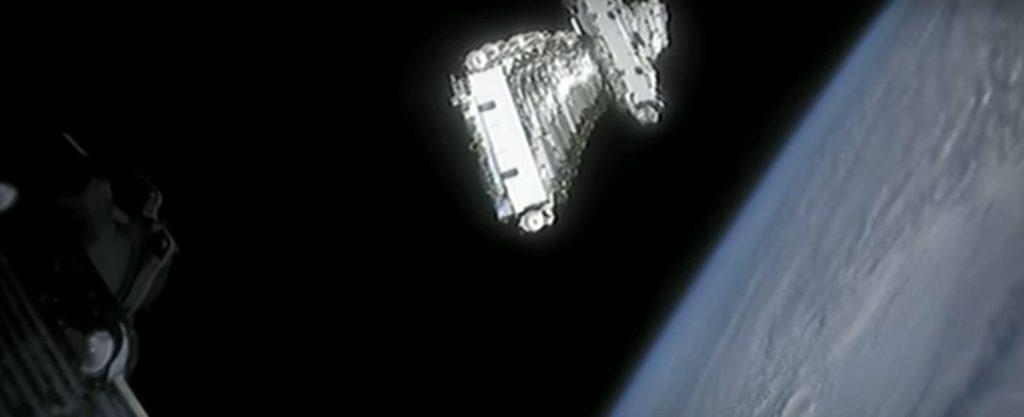
Aside from serving as an extremely reassuring return-to-flight and return-to-landing for Falcon 9 after an in-flight engine failure and two back-to-back booster landing failures, the successful launch also means that Falcon 9 now holds a significant US rocketry record. In essence, SpaceX’s workhorse rocket is now the most prolific US launch vehicle currently operating, surpassing the United Launch Alliance’s Atlas V. Since August 2002, the ULA rocket has completed 83 (mostly) successful launches.
Debuting more than eight years after Atlas V, Falcon 9 passed the 83 launch mark on March 18th and has now successfully crested 84 launches with its April 22nd Starlink-6 mission. In other words, despite operating less than half as long as Atlas V, Falcon 9 has already completed more launches than the ULA workhorse rocket, averaging one launch every 1.3 months compared to Atlas V’s 2.7 months. While SpaceX’s latest Falcon 9 v1.2 rocket variant has only launched 62 of its 84 missions since it debuted in 2015, it’s still considered slightly more reliable than the famously reliable Atlas V.
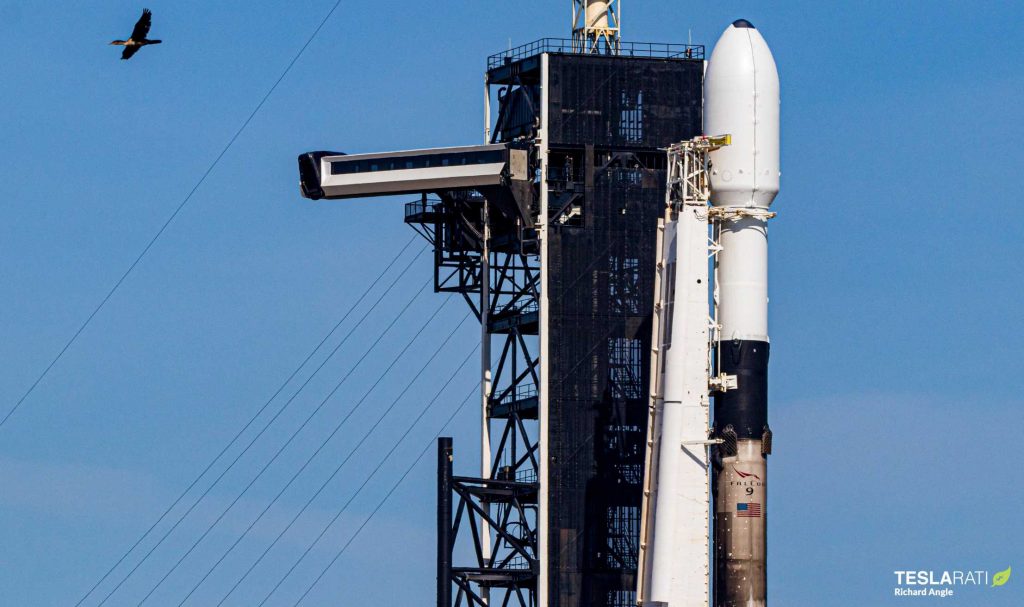
In short, SpaceX’s Falcon 9 rocket continues to prove itself to be exceptionally capable and reliable, while also managing to rapidly become one of the most-launched US rockets ever. Given that SpaceX is set on continuously and aggressively increasing the rocket’s launch cadence, Falcon 9 may be just a few years away from becoming the most-launched modern US rocket ever – a title currently held by Delta II (retired in 2018).
News
Tesla recalls 6,197 Cybertrucks for light bar adhesive issue
On October 20, Tesla issued a voluntary recall of the impacted vehicles and has identified 619 warranty claims and just a single field report that is related to the issue.
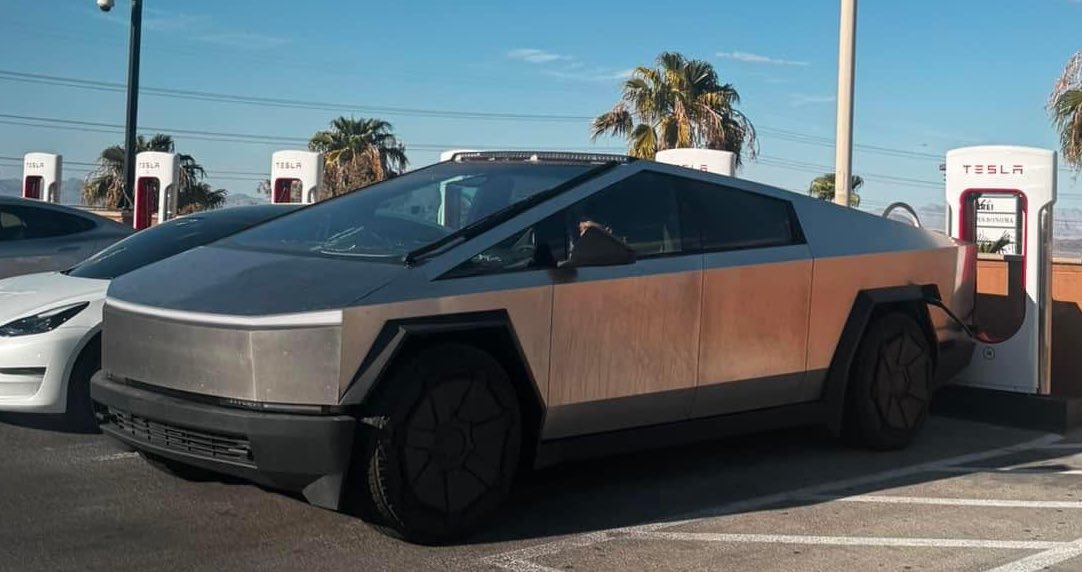
Tesla has recalled 6,197 Cybertrucks for a light bar adhesive issue that was utilized by Service to install the aftermarket part.
According to the National Highway Traffic Safety Administration (NHTSA), impacted vehicles may have had the light bar “inadvertently attached to the windshield using the incorrect surface primer.”
Tesla identified an issue with the light bar’s adhesion to glass back in February and worked for months to find a solution. In October, the company performed chemical testing as a part of an engineering study and determined the root cause as the BetaPrime primer it utilized, figuring out that it was not the right surface priming material to use for this specific application.
On October 20, Tesla issued a voluntary recall of the impacted vehicles and has identified 619 warranty claims and just a single field report that is related to the issue.
The component is manufactured by a Romanian company called Hella Romania S.R.L., but the issue is not the primer’s quality. Instead, it is simply the fact that it is not the correct adhesive for this specific type of application.
Tesla says there are no reports of injuries or deaths due to this issue, and it will be resolved. In the 473 report that the NHTSA released this morning, Tesla said:
“At no charge to customers, Tesla will inspect the service-installed optional off-road light bar accessory for delamination or damage and if either is present, replace the light bar with a new light bar adhered with tape and a positive mechanical attachment. If no delamination or damage is present, Tesla will retrofit the service-installed optional off-road light bar accessory with a positive mechanical attachment.”
This is the third recall applied to Cybertrucks this year, as one on March 18 highlighted the potential for exterior trim panels to detach while driving, and another earlier this month when the NHTSA said its front parking lights were too bright.
Tesla resolved the first with a free assembly replacement, while the headlight issue was fixed with an Over-the-Air software update earlier this week. Owners said there was a noticeable difference in the brightness of the lights now compared to previously.
Investor's Corner
Tesla investor Calpers opposes Elon Musk’s 2025 performance award
Musk’s 2025 pay plan will be decided at Tesla’s 2025 Annual Shareholder Meeting, which will be held on November 6 in Giga Texas.
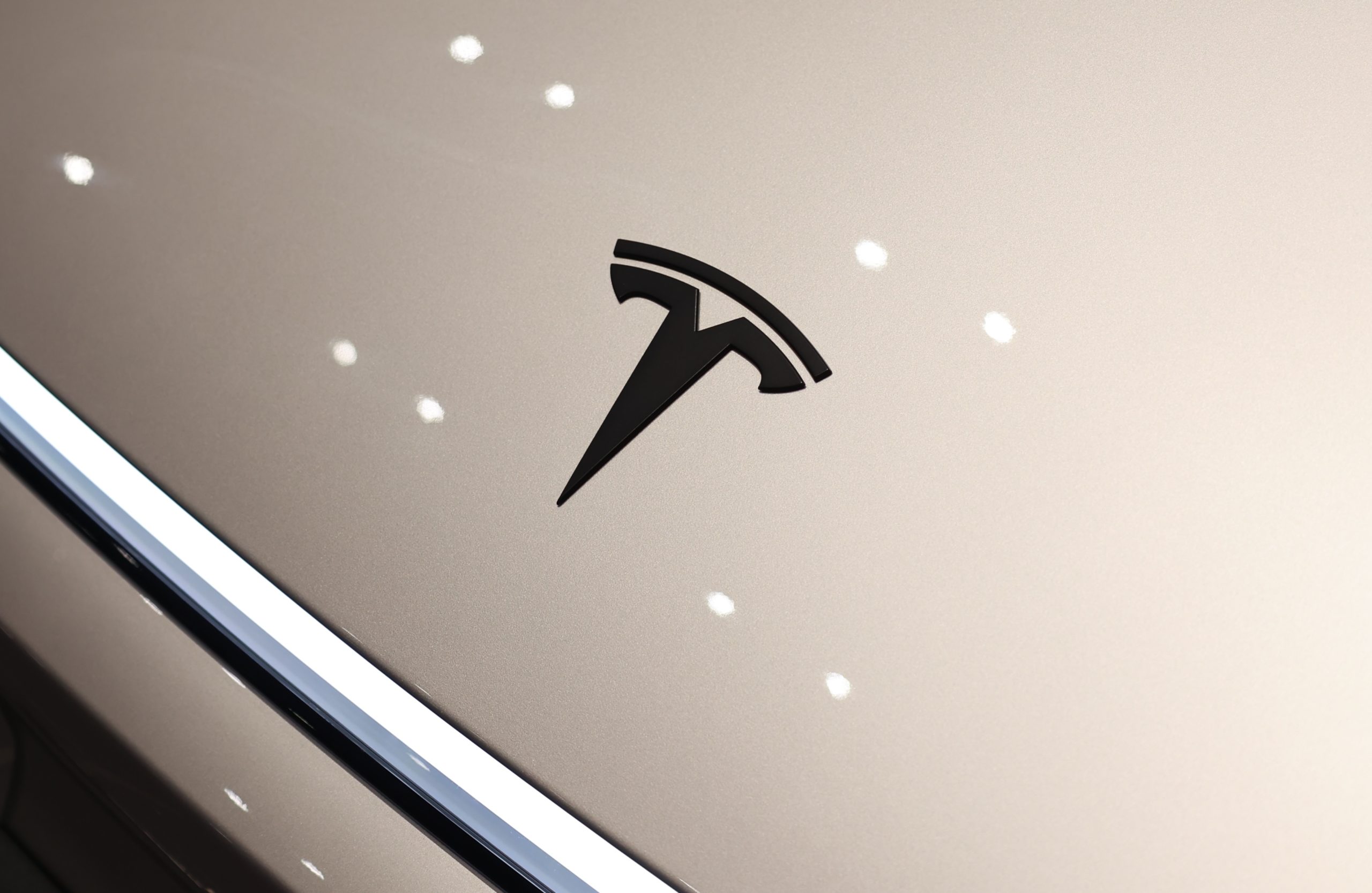
One of the United States’ largest pension funds, the California Public Employees’ Retirement System (Calpers), has stated that it will be voting against Elon Musk’s 2025 Tesla CEO performance award.
Musk’s 2025 pay plan will be decided at Tesla’s 2025 Annual Shareholder Meeting, which will be held on November 6 in Giga Texas. Company executives have stated that the upcoming vote will decide Tesla’s fate in the years to come.
Why Calpers opposes Musk’s 2025 performance award
In a statement shared with Bloomberg News, a Calpers spokesperson criticized the scale of Musk’s proposed deal. Calpers currently holds about 5 million Tesla shares, giving its stance meaningful influence among institutional investors.
“The CEO pay package proposed by Tesla is larger than pay packages for CEOs in comparable companies by many orders of magnitude. It would also further concentrate power in a single shareholder,” the spokesperson stated.
This is not the first time Calpers has opposed a major Musk pay deal. The fund previously voted against a $56 billion package proposed for Musk and criticized the CEO’s 2018 performance-based plan, which was perceived as unrealistic due to its ambitious nature at the time. Musk’s 2018 pay plan was later struck down by a Delaware court, though Tesla is currently appealing the decision.
Musk’s 2025 CEO Performance Award
While Elon Musk’s 2025 performance award will result in him becoming a trillionaire, he would not be able to receive any compensation from Tesla unless aggressive operational and financial targets are met. For Musk to receive his full compensation, for example, he would have to grow Tesla’s market cap from today’s $1.1 trillion to $8.5 trillion, effectively making it the world’s most valuable company by a mile.
Musk has also maintained that his 2025 performance award is not about compensation. It’s about his controlling stake at Tesla. “If I can just get kicked out in the future by activist shareholder advisory firms who don’t even own Tesla shares themselves, I’m not comfortable with that future,” Musk wrote in a post on X.
News
Tesla Cybercab is heading to China’s import expo
The event will take place from November 5–10 at Shanghai’s National Exhibition and Convention Center.
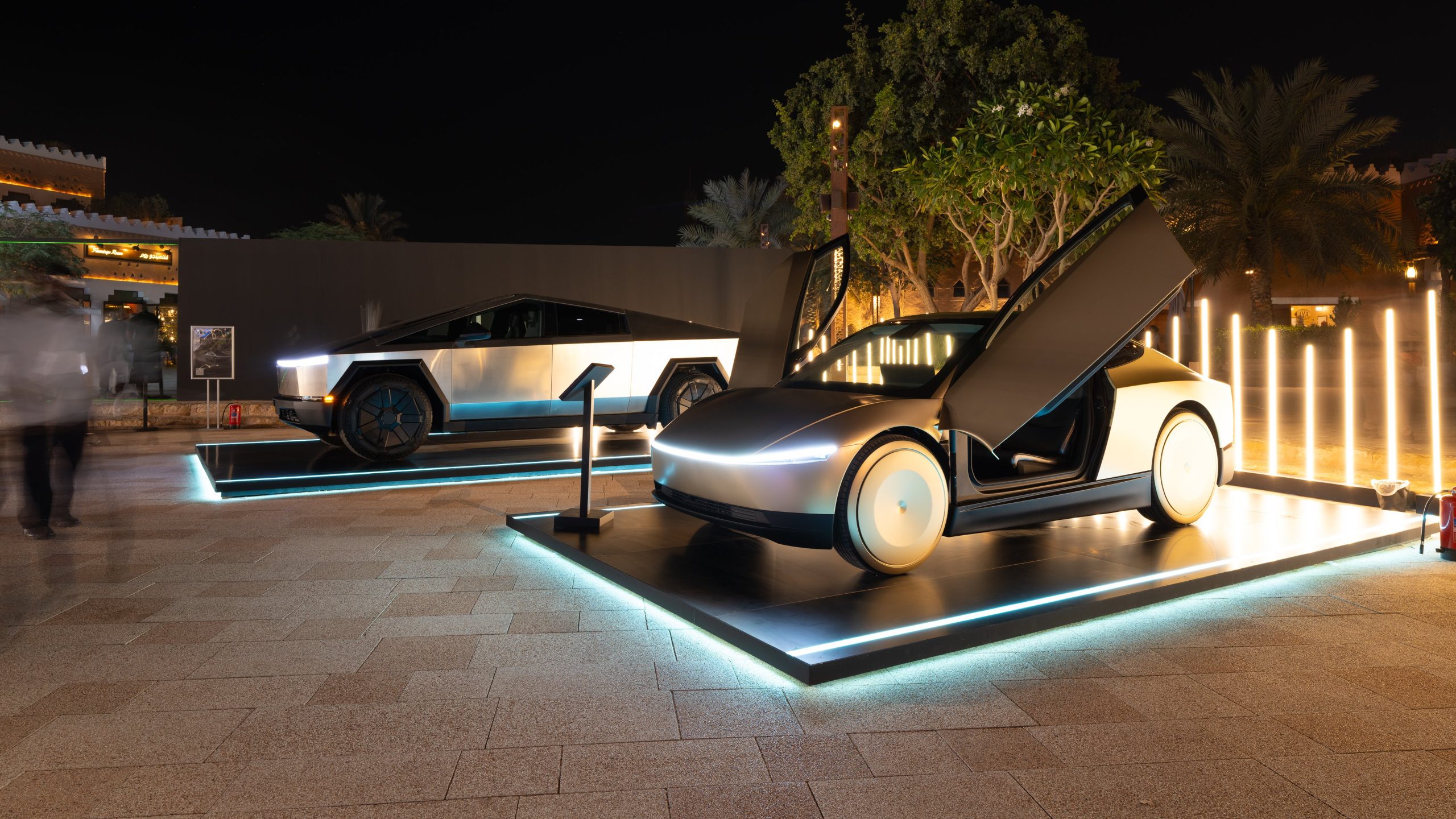
Tesla will make its return to the China International Import Expo (CIIE) this November, marking its first appearance at the event since 2022. The U.S. electric vehicle maker confirmed it will showcase its highly anticipated Cybercab, which will make its Asia-Pacific debut during the event.
The expo will take place from November 5–10 at Shanghai’s National Exhibition and Convention Center.
Tesla Cybercab in China
Tesla announced its participation in the event on its official Weibo account. As per the electric vehicle maker, it would be occupying Booth A3-03 in Hall 2.1 at the National Exhibition and Convention Center. As noted in a CNEV Post report, the Cybercab, the company’s dedicated autonomous two-seater Robotaxi, will be making its Asia-Pacific debut at the CIIE as well.
The company shared a graphic on Chinese social media which showed an image featuring several Tesla products, such as the Cybercab, Optimus, and Megapack batteries. The graphic also featured a building that read “Master Plan Part IV.”
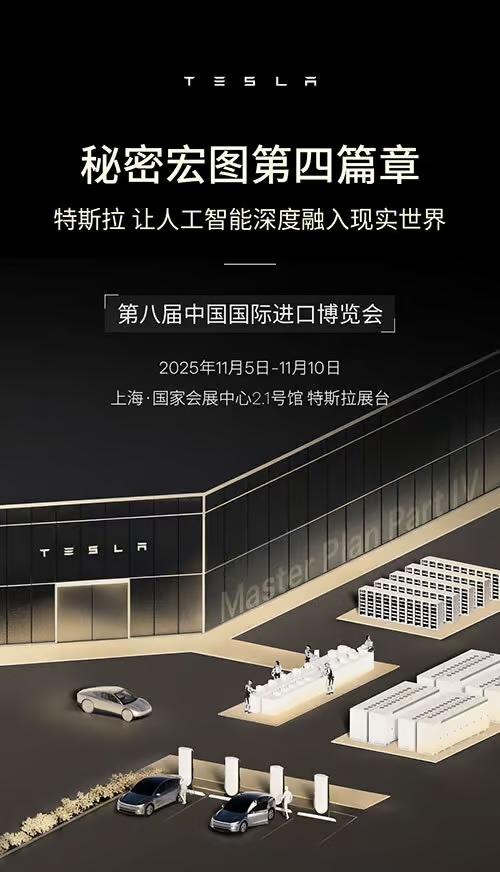

Tesla’s momentum in China
Tesla’s return comes after skipping the event last year. Interestingly enough, Tesla attended the event from 2018 all the way to 2023. Tesla’s return to the CIIE then aligns with the company’s efforts to attract consumer interest in the world’s most competitive electric vehicle market.
The Cybercab’s presence in the event could suggest that Tesla might be interested in bringing its Robotaxi to the country. This is quite interesting as China is already home to several autonomous ride-hailing services, though Tesla’s pure vision approach, which focuses on artificial intelligence and cameras, is quite unique. So far, Tesla has only rolled out its autonomous ride-hailing services in Austin, Texas, and the Bay Area, California.
-
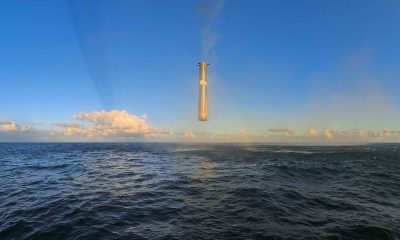
 Elon Musk2 weeks ago
Elon Musk2 weeks agoSpaceX posts Starship booster feat that’s so nutty, it doesn’t even look real
-

 Elon Musk2 weeks ago
Elon Musk2 weeks agoTesla Full Self-Driving gets an offer to be insured for ‘almost free’
-
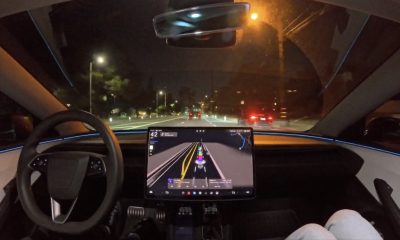
 News2 weeks ago
News2 weeks agoElon Musk confirms Tesla FSD V14.2 will see widespread rollout
-
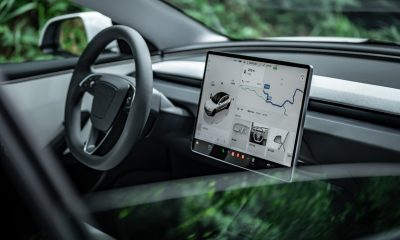
 News2 weeks ago
News2 weeks agoTesla is adding an interesting feature to its centerscreen in a coming update
-
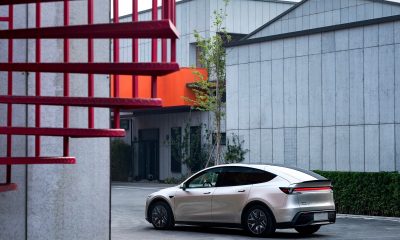
 News2 weeks ago
News2 weeks agoTesla launches new interior option for Model Y
-

 News2 weeks ago
News2 weeks agoTesla widens rollout of new Full Self-Driving suite to more owners
-

 Elon Musk2 weeks ago
Elon Musk2 weeks agoTesla CEO Elon Musk’s $1 trillion pay package hits first adversity from proxy firm
-

 News2 weeks ago
News2 weeks agoTesla might be doing away with a long-included feature with its vehicles

















